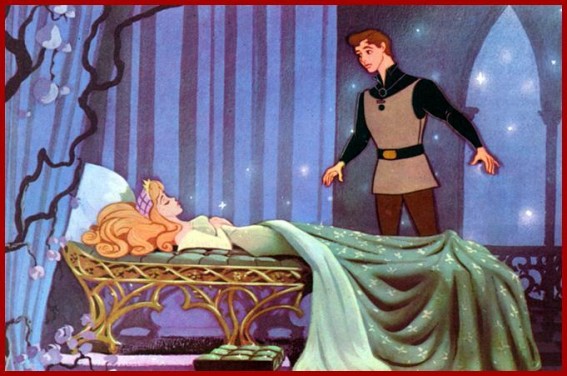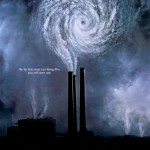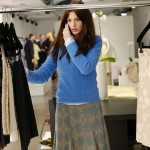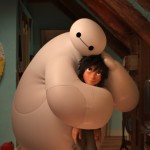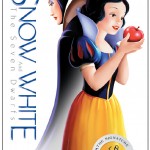In my memory, I have always falsely grouped Sleeping Beauty with Disney’s animated features from the 1940s: Pinnochio, Fantasia, Dumbo, and Bambi.
In retrospect one may argue that Sleeping Beauty was the last film before the studio’s nadir in the 1960s and 70s, but that is not quite the same thing as saying it marked the end of the film’s golden age. By the time Sleeping Beauty was released in 1959, the studio had already made Peter Pan, Alice in Wonderland, Cinderella, and Lady and the Tramp. Those are all fine films, and like Beauty they are a notch about the nine films that the studio released in the 60s, 70s, and early 80s. (Those films got simpler and more childish, and some could argue that the disappointing box office returns for Sleeping Beauty helped push Disney towards treating animation as strictly a venue for kiddie fare rather than a richer tableau for artistic expression.)
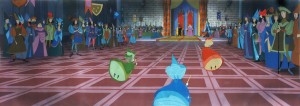 Sleeping Beauty shares many qualities with the better films that preceded it, but it also shares a few with the inferior films that followed after. My former drama teacher always used to say that if the audience went away whistling the sets, that was a problem. Here the backgrounds are the best thing about the look of the film. The forest that Aurora and her fairy godmothers live in is richly detailed and layered. The castle scenes are drawn with vibrant primary colors and angled lines that suggest stained glass.
Sleeping Beauty shares many qualities with the better films that preceded it, but it also shares a few with the inferior films that followed after. My former drama teacher always used to say that if the audience went away whistling the sets, that was a problem. Here the backgrounds are the best thing about the look of the film. The forest that Aurora and her fairy godmothers live in is richly detailed and layered. The castle scenes are drawn with vibrant primary colors and angled lines that suggest stained glass.
The visuals entrance for a quarter of an hour at the beginning and the end. They can obscure but not quite hide the dullness of the characters. Beauty was only the second animated film released in widescreen aspect ratio, and in far too many frames the (good) characters do not occupy enough screen space to act as the dominant composition element. Aurora spends much of the film asleep, and Phillip is quickly imprisoned after a lackluster “Once Upon A Dream” pairing of the lovers. The leaves Flora, Fauna, and Merryweather to carry most of the movie, and their silliness and (I’ll say it) stupidity render them a poor antagonist for the stylized and imposing Maleficent.
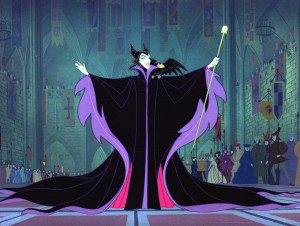 Maleficent, on the other hand, is magnificent. Her hoarse, throaty voice and the cawing of her spying bird still create dread in me. Before the final battle she invokes the powers of hell–literally. She changes into a dragon to do battle with Phillip, and she makes herself into a green light to entrance Aurora. That scene, even more than the finale, is the most successful, in large part due to the hypnotic score. She doesn’t walk, she glides; I don’t think we ever see her legs. That she intimidates the good characters with her power is hardly unique, but the degree of fear she invokes in other characters seems greater than usual. We are told that that later villains (like Cruella De Vil) are scary, but we are shown Maleficent scaring others.
Maleficent, on the other hand, is magnificent. Her hoarse, throaty voice and the cawing of her spying bird still create dread in me. Before the final battle she invokes the powers of hell–literally. She changes into a dragon to do battle with Phillip, and she makes herself into a green light to entrance Aurora. That scene, even more than the finale, is the most successful, in large part due to the hypnotic score. She doesn’t walk, she glides; I don’t think we ever see her legs. That she intimidates the good characters with her power is hardly unique, but the degree of fear she invokes in other characters seems greater than usual. We are told that that later villains (like Cruella De Vil) are scary, but we are shown Maleficent scaring others.
When Maleficent is not on screen, the film sags. A drunken jester and manufactured conflict among potential in-laws are neither funny nor memorable. In fact, the arranged marriage subplot feels particularly dated, especially in light of the way Pixar’s Brave makes such an arrangement a cause for rebellion against parental authority. I could never side with those, like Time Magazine, who gave the film an outright bad review, but I do understand the impulse. The film is nowhere as good as it is in one’s memory. There, it was nearly perfect. On DVD, where the parts one has elided over the years outnumber the spectacular set pieces, it is, admittedly, a more modest success.

